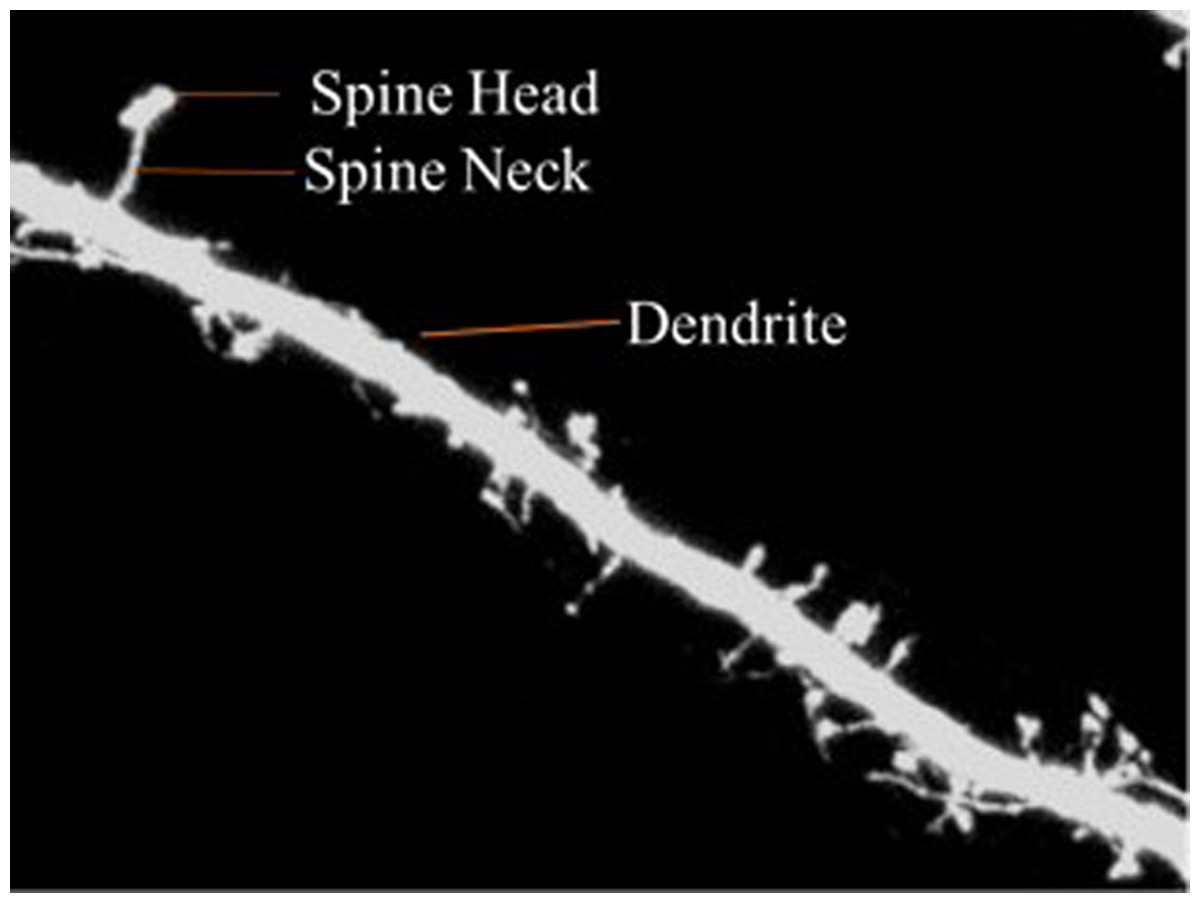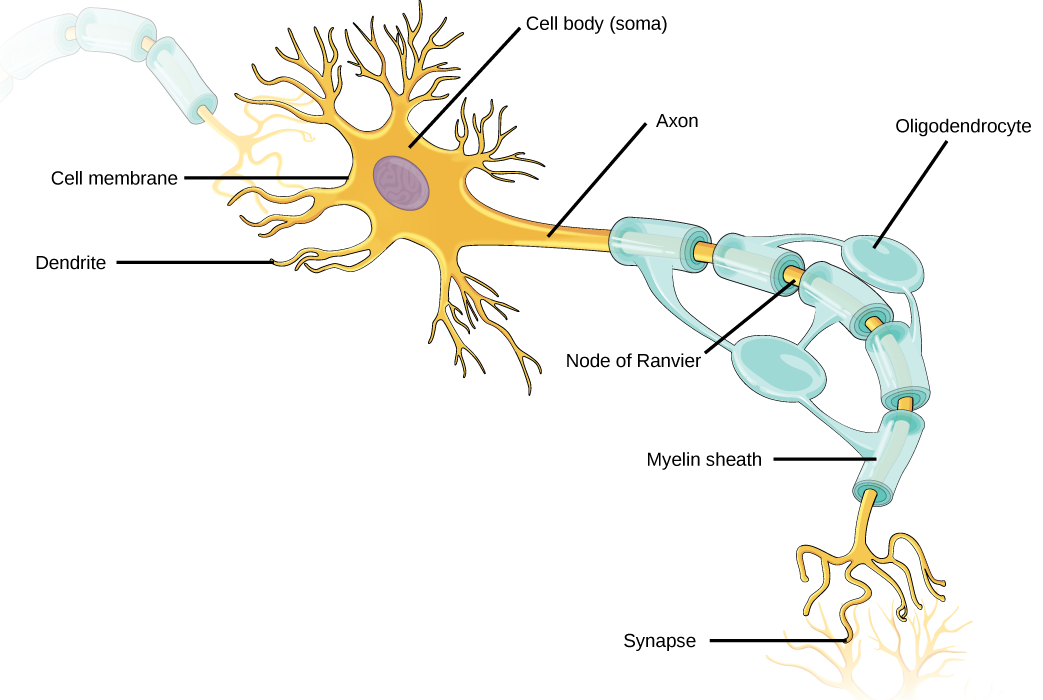


(ADC) targeting BDCA2 strongly suppresses pDC function and glucocorticoid responsive genes Get access. Each neuron in your brain has one long cable that snakes away from the main part of the cell. shapes of neurons, but all consist of a cell body, dendrites and an axon. What role do dendritic morphology and the distributions of synapses and membrane properties over the dendritic tree have in determining the output of a neuron in response to its input? A wide range of studies is brought together, with topics ranging from general to system-specific phenomena-some having a strong experimental component, and others being fully theoretical. Blood dendritic cell antigen 2 (BDCA2) is exclusively expressed on plasmacytoid dendritic cells (pDCs) whose uncontrolled production of type. The brain is an amazing three-pound organ that controls all functions of the. The second main theme focuses on how dendrites contribute to the computations that neurons perform. Individual approaches are collected to study the aspects of dendrite shape that relate directly to underlying circuit constraints and computation. The signals from pre-synaptic neurons come in the form of neurotransmitters. The main function of dendrites is to receive information from other neurons, called pre-synaptic neurons, or from the environment. This morphological characterization ranges from the study of fractal principles to describe dendrite topologies, to the consequences of optimization principles for dendrite shape. In terms of function, dendrites conduct messages towards the neurons cell body, while the axon conducts messages in a direction away from the neuronal cell. Dendrites are projections from the cell body, or soma, of neurons, the cells of the nervous system. The book first looks at morphological properties of dendrites and summarizes the approaches to measure dendrite morphology quantitatively and to actually generate synthetic dendrite morphologies in computer models. The goal of this volume is to provide a résumé of the state-of-the-art in experimental, computational, and mathematical investigations into the functions of dendrites in a variety of neural systems. Recent advances in experimental techniques allow us to study dendrites with a new perspective and in greater detail. Studying the function of dendritic structures has a long tradition in theoretical neuroscience, starting with the pioneering work by Wilfrid Rall in the 1950s. Neuronal dendritic trees are complex structures that endow the cell with powerful computing capabilities and allow for high neural interconnectivity.


 0 kommentar(er)
0 kommentar(er)
